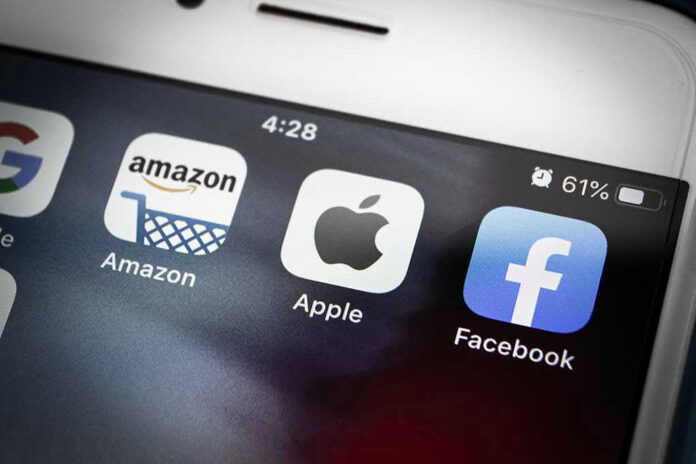
Cybercriminals are exploiting Americans’ trust in familiar brands by sending fake DocuSign emails that mimic Apple Pay receipts, targeting your personal and financial information with increasingly sophisticated tactics.
Story Overview
- Apple Pay never sends receipts through DocuSign – any such email is fraudulent
- Scammers use DocuSign branding to legitimize fake Apple Pay charges and steal personal data
- Phishing emails include realistic order IDs and fake support numbers connecting to criminals
- Cybersecurity experts warn the scam exploits trust in both Apple and DocuSign brands
The Scam That Exploits Trusted Brands
Phishing criminals have developed a cunning strategy that combines two of America’s most trusted digital brands. These fraudsters send emails appearing to come from DocuSign, claiming recipients have received an Apple Pay receipt for unauthorized charges. The scam works because DocuSign enjoys widespread recognition as a secure electronic signature platform, while Apple Pay represents reliability in digital payments. However, Apple Pay receipts are never distributed through DocuSign, making every such email an immediate red flag for fraud.
That Docusign Email From Apple Pay Is a Scam https://t.co/Z1YCAhGLD1 [Lifehacker]
— Stephanie Migot 🇰🇪 🇬🇧 (@MsMigot) September 3, 2025
Sophisticated Tactics Target Your Wallet
The fraudulent emails demonstrate alarming sophistication in their construction and delivery methods. Scammers include realistic-looking order identification numbers, professional formatting that mirrors legitimate DocuSign communications, and fake customer support phone numbers. These criminals even employ subtle character alterations in sender addresses, such as using Cyrillic letters that appear identical to English characters, helping their messages bypass spam filters and reach your inbox more effectively.
Red Flags Every American Should Recognize
Cybersecurity experts have identified clear warning signs that distinguish these scams from legitimate communications. Any email claiming to be an Apple Pay receipt sent via DocuSign represents an immediate fraud attempt, as Apple exclusively handles its payment receipts through official Apple channels. Additional red flags include DocuSign links within supposed Apple communications, unfamiliar support phone numbers, and urgent language demanding immediate action to resolve unauthorized charges.
Protection Strategies for Your Financial Security
Security professionals recommend direct verification through official Apple channels whenever suspicious charges appear. Never call phone numbers provided in questionable emails, and avoid clicking DocuSign links related to Apple Pay transactions. Instead, check your actual Apple Pay transaction history through your iPhone’s Wallet app or Apple’s official website. Data removal services can also reduce your vulnerability by limiting the personal information available to scammers for cross-referencing breached databases.
That Docusign Email From Apple Pay Is a Scam https://t.co/vs7vbs3cBJ
— Ray (@R4yt3d) September 3, 2025
This phishing campaign represents a broader trend of criminals exploiting Americans’ trust in established technology brands. The scam’s effectiveness stems from its abuse of DocuSign’s reputation for secure document handling and Apple’s status as a trusted payment processor, demonstrating how fraudsters continue adapting their tactics to target law-abiding citizens’ financial security.
Sources:
Fake DocuSign phishing e-mails
Scammers using DocuSign emails push Apple Pay fraud
Scammers using DocuSign emails push Apple Pay fraud















